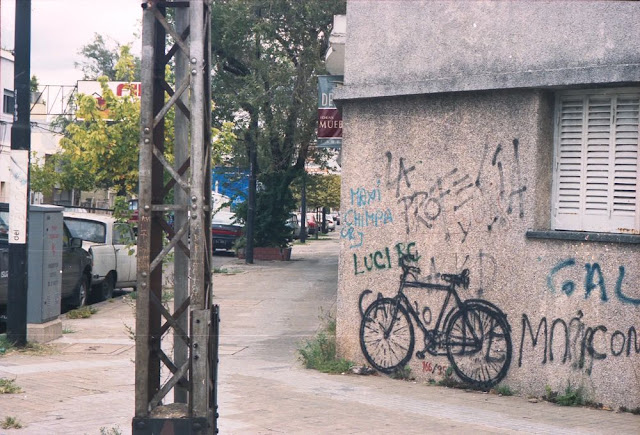---------oOo---------
A quick look at some items from various internet sites.
---------oOo---------
From:
Smithsonian Magazine
July 27, 2023
‘Perfectly Preserved’ Glassware Recovered From 2,000-Year-Old Shipwreck
Archaeologists have recovered thousands of pieces of glassware—many of them “perfectly preserved”—from a 2,000-year-old shipwreck in the waters between Italy and France.
The Roman vessel, called the Capo Corso 2, is located 1,148 feet below the surface between France’s Cap Corso peninsula and Italy’s Capraia island.
Using two remotely operated vehicles (ROV)—named Arthur and Hilarion—researchers used the mounted claw system of Arthur to recover artifacts from the wreck. The robot pulled up two bronze basins, some Bronze Age jars called amphorae and a large collection of glass tableware objects, including bowls, cups, bottles and plates.
The Roman vessel may have sunk while transporting glass from the Middle East to France. Archaeologists estimate the wreck dates back to the end of the first century or the beginning of the second century C.E.
Archaeologists recovered a collection of blown-glass tableware in excellent condition.
---------oOo---------
From:
Kickass Facts – Facts Encyclopedia
July 28, 2023
20 Interesting Real Life Cases of Deception and Trickery
Here are some of the above 20 items:
Between 1932 and 1972, the US government tricked around 600 black citizens from Alabama into believing that they were receiving free healthcare. Whereas they were actually test subjects to study the natural progression of untreated syphilis.
Source:
Wikipedia
From 1946-1953, Quaker Oates and MIT conducted an experiment on unsuspecting, mentally retarded children. They tricked them into eating radioactive cereal by telling them they were in a “science club.”
Source:
Wikipedia
This one has been the subject of a Bytes post previously but is worth another airing. . .
A man protested against the 1956 Olympic torch relay by carrying a fake flame, consisting of a pair of underpants set on fire in a plum pudding can, attached to a chair leg. He tricked onlookers and even handed it to the Mayor of Sydney, Pat Hills before escaping without being noticed
More on the above:
Possibly the only surviving photograph of Barry Larkin carrying the fake torch.
Barry Larkin Olympic torch
Wooden chair leg painted silver as handle; plum pudding can as top.
What the real torch looked like.
The torch’s early arrival caught the mayor off-guard. But he proudly accepted the torch and held it high, while Larkin quietly disappeared in the crowd. As the mayor‘s speech rambled on, there was a murmuring among the dignitaries, and then one of them interrupted the mayor to whisper that the torch he was holding was actually a chair leg with a flaming plum pudding can on top. When Dillon approached the Town Hall a few minutes later with the real torch, the confused crowd grew surly. An army truck had to clear a path for the next torchbearer to leave the city.
During WWII, during Operation Mincemeat, British intelligence successfully deceived Hitler into thinking the Allies were landing in Greece rather than Sicily by dressing up a dead homeless man in a captain’s uniform, fitting him with fake documents, and dropping him off the coast of Spain.
Source:
Wikipedia
---------oOo---------
From:
Amusing Planet
June 27, 2023
Fernando Traverso's Bicycles
Throughout the streets of Rosario, a city in the central Argentine province of Santa Fe, you will find hundreds of images of bicycles stencilled in the walls. Each bicycle pay homage to a victim of Argentina's military dictatorship.
The project was started in 2001 by Fernando Traverso, an Argentinian hospital worker and political activist, who began by spray painting twenty-nine life-sized bicycle stencils on walls, windows, doors and other spaces across his home town Rosario in memory of his twenty-nine friends who were abducted and killed during Argentina's state-sponsored terrorism which lasted from 1974 to 1983.
Bicycles played a key role during the resistance, as most members used them as their primary mode of transport. Traverso noticed that as his friends started disappearing, often their bicycles would be left behind. Seeing an abandoned bicycle was often the first sign that its owner had disappeared. These bicycles left standing in the streets of Rosario stood as memorials to those who were taken. Almost 25 years later, Traverso decided to make these memorials more permanent by spray painting the bicycle image on buildings throughout the city. Today, there are 350 bicycles stencilled across the city in memory of the 350 who disappeared in Rosario. It is estimated that some 30,000 people were killed or disappeared across the country during the military dictatorship of Argentina.
---------oOo---------
From:
Bored Panda
45 Humorous One-Panel Comics To Take A Break From The Everyday Hustle And Bustle
A selection of the above comics, created by Australian cartoonist Tim Whyatt . . .















No comments:
Post a Comment
Note: Only a member of this blog may post a comment.